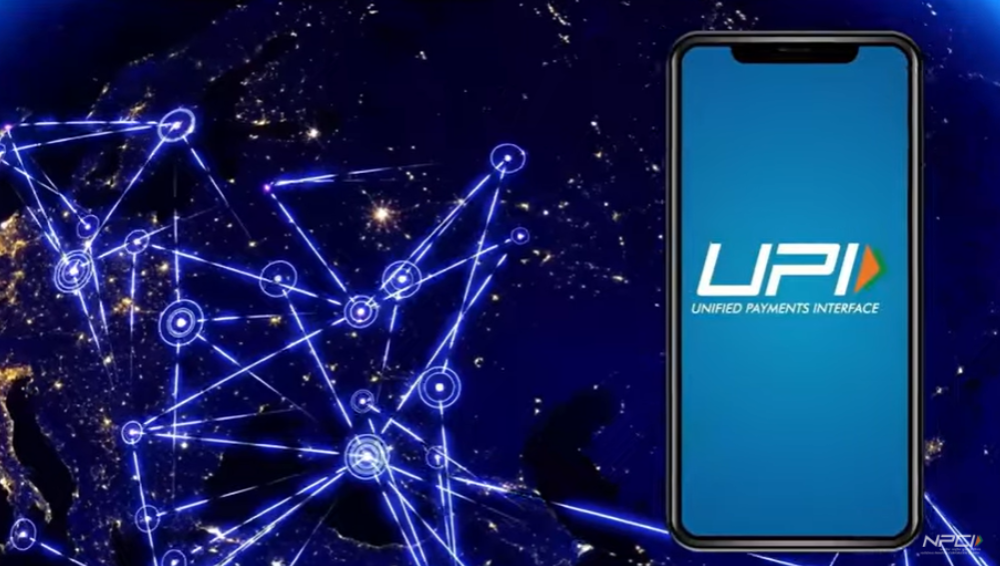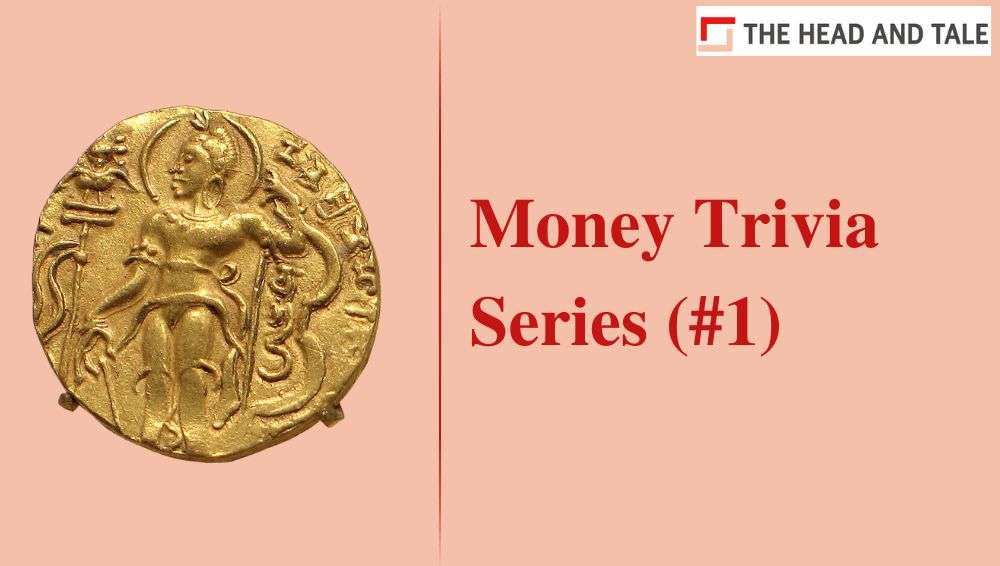

From Cowrie to Code – A Timeline of Money in India
24 May 2025, 02:06 PMIn our first edition of the Money Trivia series, we explore the Head and Tale of currency — tracing the fascinating evolution of money in India.
Muskan Singh
Introducing: Money Trivia – A Visual Journey into the Past, Present & Future of Currency
While our platform brings you deep-dive reportage and analysis on the fintech ecosystem, Money Trivia is a visual-led series designed to be a data mine of money history, rare currency trivia, global comparisons, and forgotten facts that shaped how we transact today.
Whether you're a fintech professional, researcher, or curious reader — this series aims to surprise, inform, and inspire.
In our first edition of the Money Trivia series, we explore the Head and Tale of currency — tracing the fascinating evolution of money in India. Long before wallets and QR codes, Indians once traded rice and salt for services — but soon, cowrie shells (colloquially known as 'kaudi') from the Maldives were gliding into Bengal ports, becoming India’s earliest form of “money.” By 6th century BCE, punch-marked silver coins weren’t stamped by kings — but by guilds, bankers, even traders. Fast forward: Indo-Greek coins bore Hellenistic gods; Kushan coins listed kings and Buddhist symbols — imagine money as both divine token and PR tool?
In medieval bazaars, merchants trusted hundis scribbled on paper more than spoken promises — India had credit long before credit cards. British rule brought a uniform rupee, but in some Gulf countries, Indian coins stayed legal even in the 20th century!
And now? A Rs 10 coin might sit idle in your drawer, while UPI zips money in milliseconds. From seashells to smartphones — India hasn’t just followed global money trends. It has often set them!
.jpg)
Muskan Singh covers data-led stories, and the history of money for The Head and Tale.







